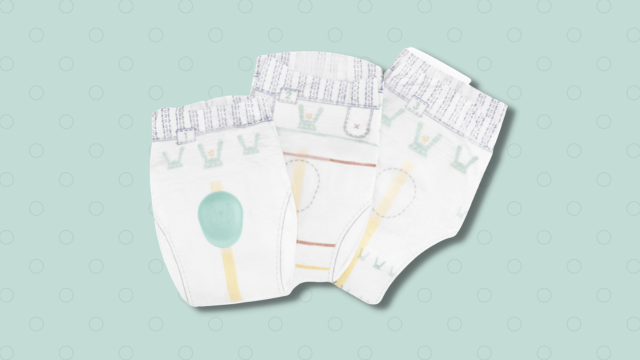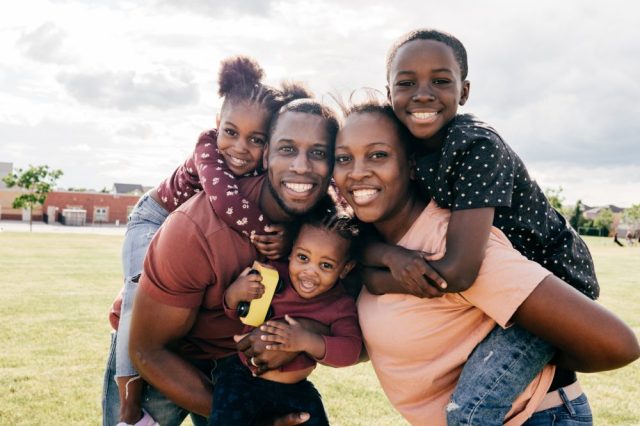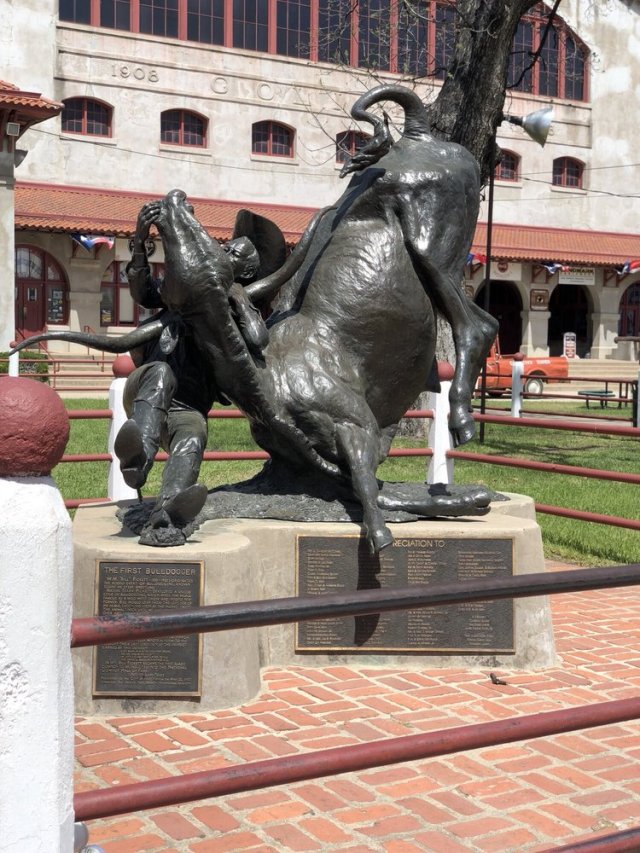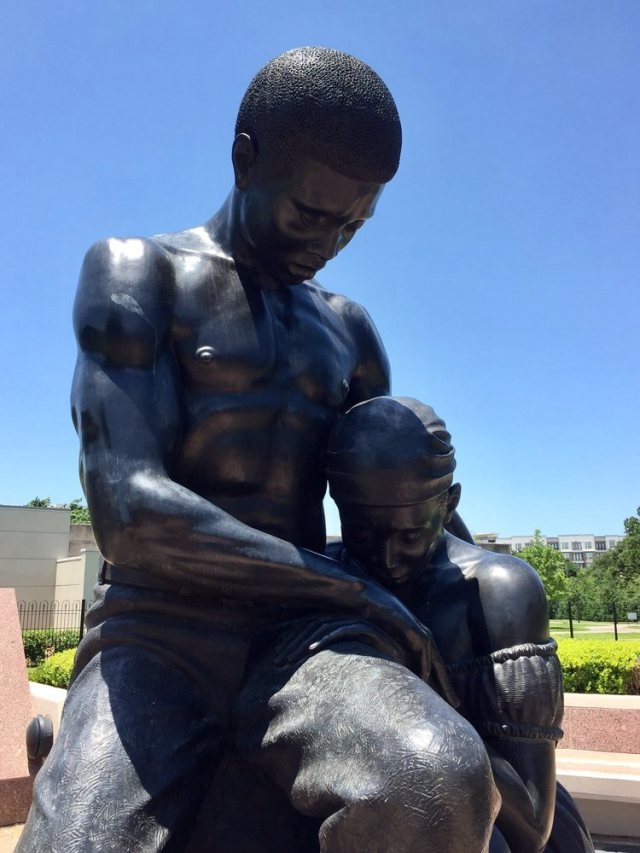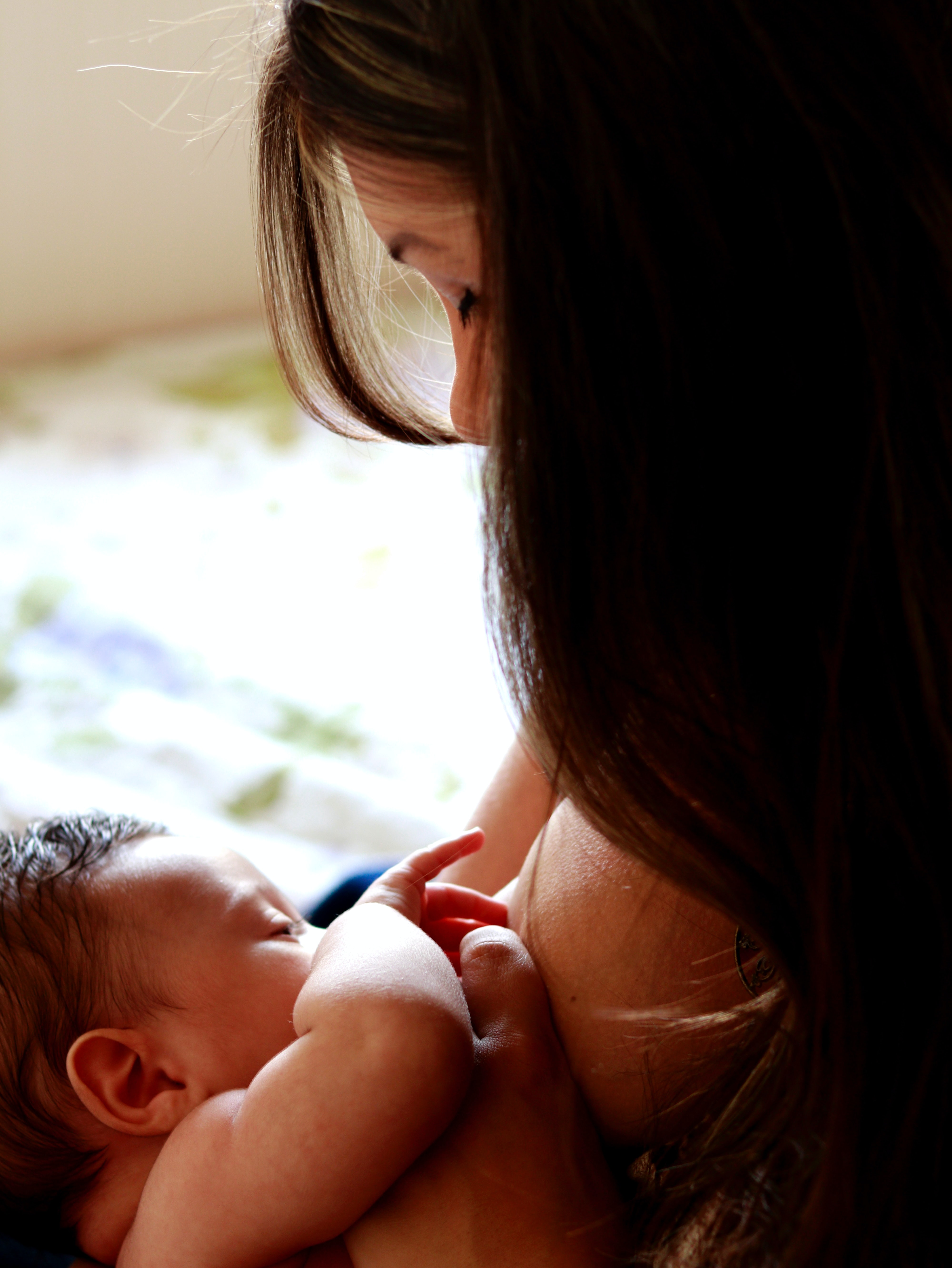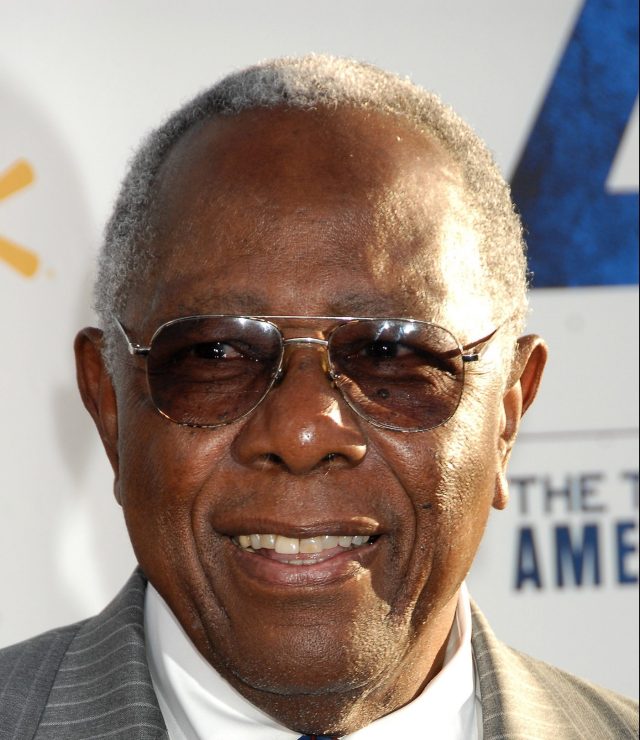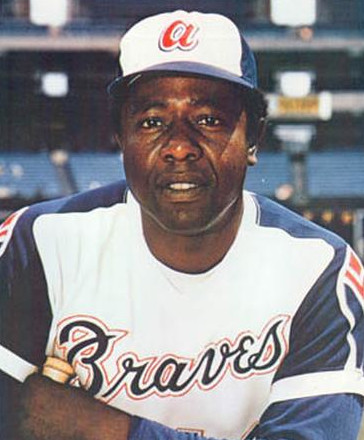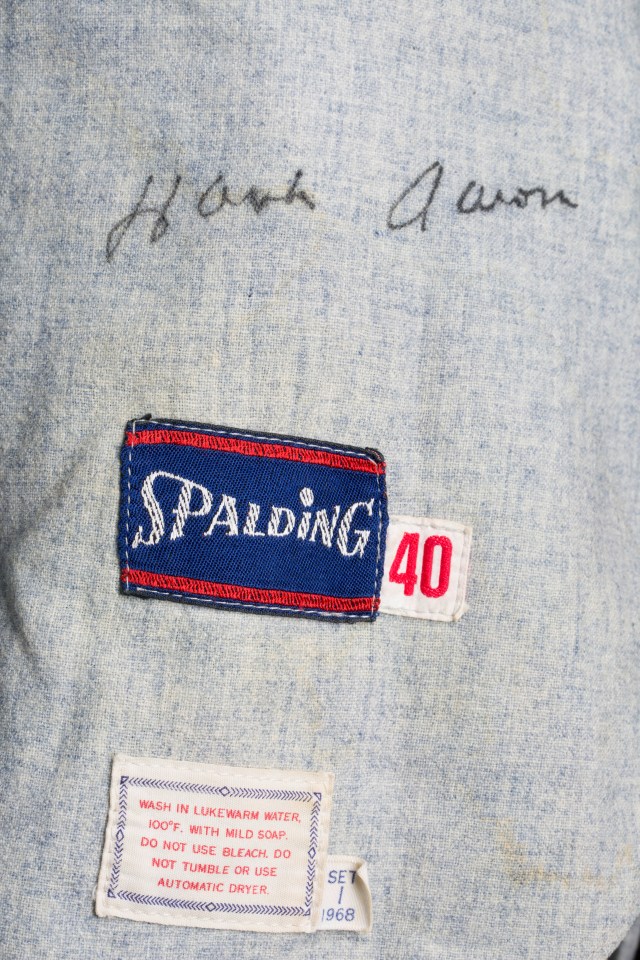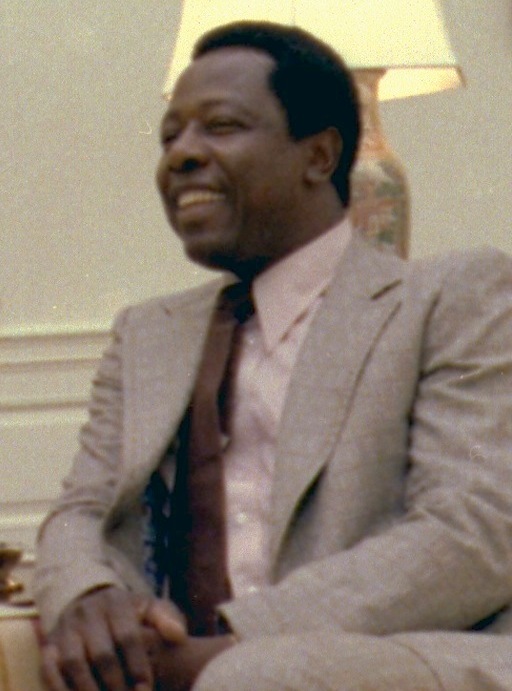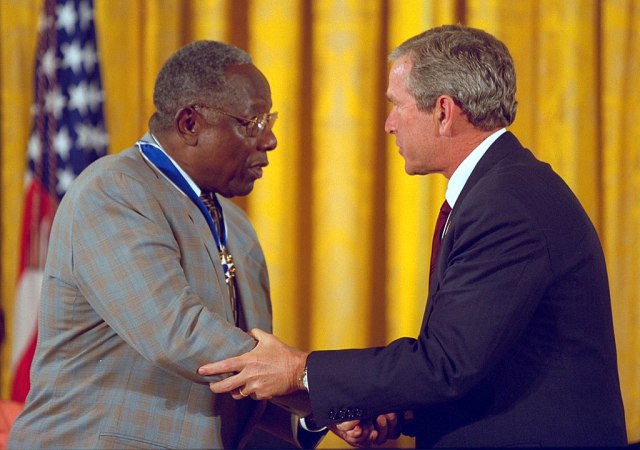Set your baby up for a good night’s sleep with these helpful tips for establishing a bedtime routine you’ll both enjoy.
If baby ain’t sleeping, ain’t nobody sleeping. To set the whole family up for a better night’s rest, implement a bedtime routine. A consistent routine is soothing and helps your child understand what’s coming next. Read on for tips on how to create a calming daily ritual that will send baby to bed without all the fuss(iness).

photo: Tim Bish via Unsplash
Benefits of a Bedtime Routine
A consistent bedtime routine signals to your baby’s brain that it’s time to go to sleep. The predictable pattern and timing can ease your baby into a calm state that allows them to fall asleep more easily. It’s great bonding time and may even help with the sleep regressions that are a normal part of baby development. Once you’ve established a routine, it can also help other people put baby down when you won’t be there for bedtime.
What Age to Start
A good age to start is once your baby begins to show a pattern of sleeping and wakefulness. This can occur as early as 6 to 8 weeks old and as late as 4 months of age. Before 6 weeks, it’s not likely that your newborn will have any kind of established sleep schedule for a set bedtime. If you’ve missed these windows, it’s beneficial for a baby of any age to have a bedtime routine, so get started now.

photo: fujikama via Pixabay
Which Bedtime Is Best
The first thing you want to consider when picking a bedtime is baby’s schedule. Look for signs of sleepiness, like fussiness, yawning and sucking on fingers or a pacifier. Notice what time these signs appear and figure on beginning your routine 30 to 60 minutes before that so baby doesn’t get overtired during the routine. You’ll also want to consider your family’s schedule, taking into account when everyone is home from work or school and when you typically eat dinner. Generally, that means starting between 6 and 8 p.m.
Consistency Is Key
The best bedtime routines are short, simple and most of all consistent, lasting from between 20 minutes to an hour at the most. The most important thing is to make it a true routine, so that it’s the same every night and occurs at the same time. Ideally, it’ll happen in the same location as well, like in the room with baby’s crib. If you expect to have differences in sleep locations, make sure whatever you include in the routine can travel with you.
What to Include
Keep it simple and relaxing. You can include a bath if baby gets one every night. Next, a massage with lotion—like Burt’s Bees Baby Nourishing Lotion—and then a fresh diaper, pajamas, and a swaddle or wearable blanket. Cuddle your little one while you sing a quiet song or look at a short book. Dim the lights to continue the calming vibe. Nursing or bottle feeding is helpful for lasting fullness before bed. Any quiet activity that gets baby ready for bed and relaxes them works, as long as it doesn’t put them fully to sleep.
Related: Check out these other natural lotions and other skincare products for babies.
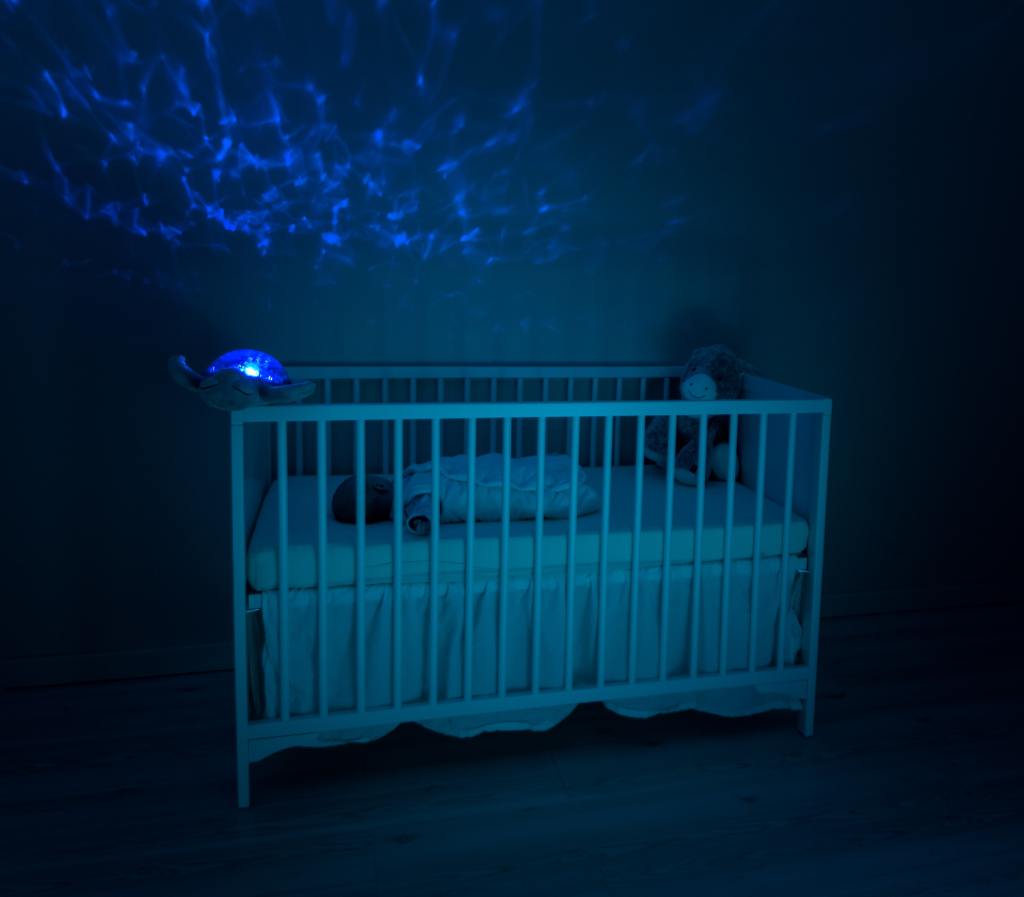
photo: Marie Despeyroux via Unsplash
Putting Baby to Bed
You’ll want to put your child to bed drowsy but not asleep. That will give them the chance to learn how to self-soothe and fall asleep on their own. Ambient noise can help with this as well as drown out any other household noises while they settle down. Try the Sleep Sheep from Cloud B that attaches directly to the crib. You can give them a gentle rub before quietly slipping out of the room.
Related: Check out these other white noise and sound machines for kids.
When to Adjust
You may need to tweak your timing and activities until you get into a good groove, but avoid big changes at first to let your little one get used to the routine. It’s also likely that adjustments will need to be made as your infant grows and develops. Any change in the daytime or non-bedtime night activities, like eliminating a nap or dropping a feeding, may call for a change in the bedtime routine. If baby seems fussy, it may signal that it’s time to move bedtime earlier. A true routine takes time to work, but with consistency and little persistence, it should pay off with better sleep for baby and you.








